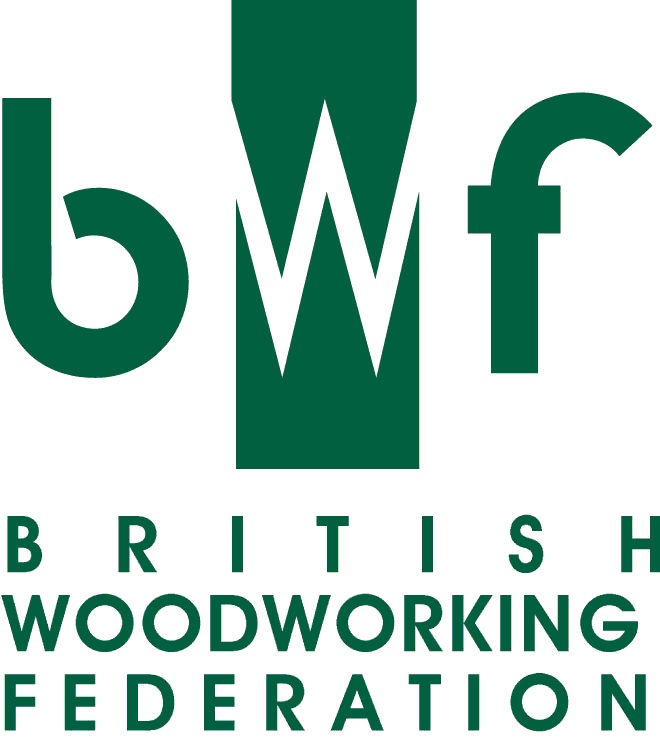Machining of Apertures

Making any aperture in a fire door will have a great effect on its performance, so it is important to get it right.
Apertures may be machined into fire doors for a number of reasons as documented in lesson 1, but here is a summary of some of the main reasons why you will machine an aperture:
- Glazing
- Air transfer grilles
- Letter plates
- Viewers
It is important that these operations are viewed as systems and the work should only carried out by competent trained personnel. Before machining any apertures in the door, check the Prime Door/Blank Manufacturers certificate, data sheet or technical manual to determine what is allowed within the certification.
Key things to think about when machining any apertures in to a fire door are:
- The size of the apertures
- The location
- Margins from the edge of the door and, in the case of multiple glazing systems, between the panels.

Example of minimum distances from door edge for glazed apertures
Note: Machining any apertures outside of the parameters will invalidate the certification of the door.
Glazing Systems
When you are glazing a fire door is not just a case of inserting a piece of glass. All of the components must match the information on the manufacturers data sheets and technical manuals.
Some important things to ensure are:
- Use the correct glazing system for the door
- Check aperture dimensions (maximum size)
- Check the maximum glazed area allowable for the door
- Ensure you follow the correct fixing detail, including the fixings (pins or screws), which must be the correct size and angled correctly
- Using the correct intumescent gaskets
Always follow the Prime Door/Blank Manufacturers glazing instructions

Note: Do not assume that all fire doors are suitable for glazing. Check the test certificate and associated documentation because some fire doors will not allow glazing at all. Never allow apertures for glazing to be machined on site, this will invalidate the certification.
